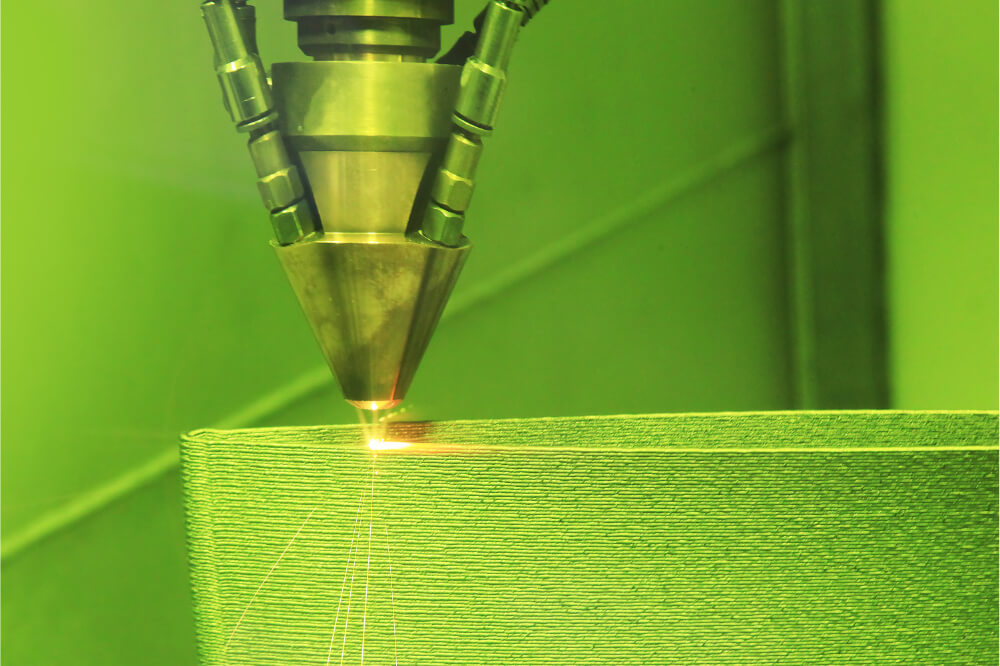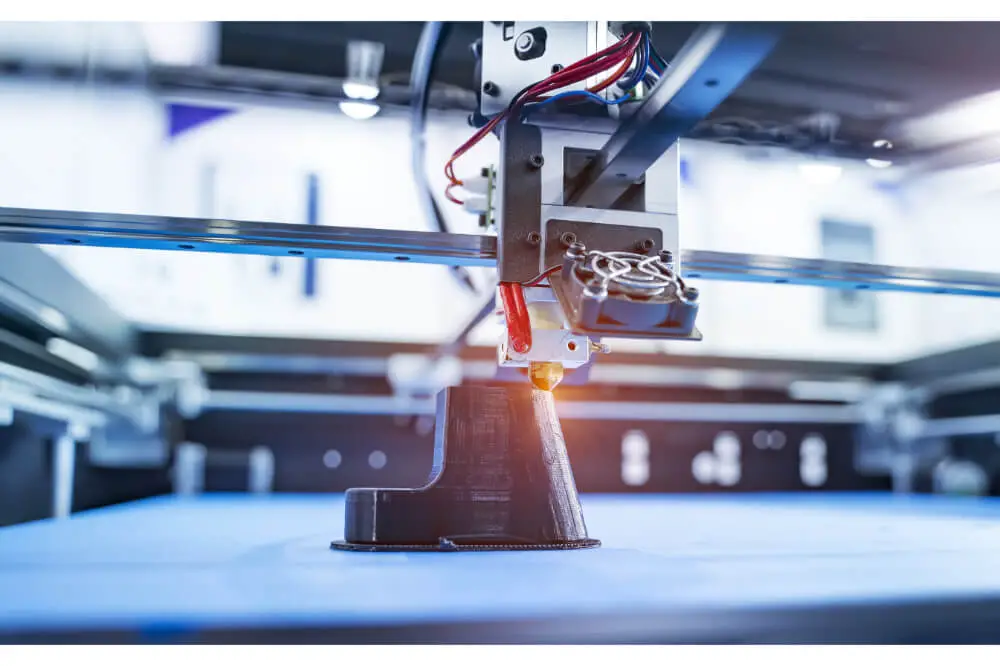There are those people…
Who love to figure out how things work. They have had this passion since they were little kids and took apart their dad’s radio. As they grew up they turned to not taking things apart to putting new inventions together.
The 3D laser printer is one of those inventions. It is the brainchild of many of those young kids who have turned their passion of finding out how things work into building constructive inventions that help people all around the world.
The good news is you do not have to take a laser printer apart to find out how it works. You just have to keep reading our article. It will give you the inside scoop so you do not have to do all the work
The different 3D printing styles
There are 4 main ways 3D printers work. These are the most common styles that most people will encounter if they enter the world of 3D printing. The following chart will explain in brief how each style operates and shows you the difference between them
| # | 3D printing style | Operation explanation |
|---|---|---|
| 1. | filament deposition modeling or FDM | Operates more like a 2D printer, printing layer after layer until a 3D object appears. This style uses plastic & other filaments to do the printing |
| 2. | Stereolithography or SLA | Uses a laser to harden a pool of resin into a layer. It kind of grows the object instead of laying down layers one at a time |
| 3. | Digital laser projection or DLP | Projects a light onto a pool of resin in the shape of the object then dries the resin into that format |
| Selective Laser Sintering or SLS | This format works a little differently than SLA & DLP as it works with powders not liquids. The printer puts powder out on the build bed and then shines a laser on it solidifying that layer in the shape it is supposed to be, this repeats itself until the object is built. |

The basic operation of 3D laser printers
Going into a lot of technical detail will bore you so here is a brief explanation of how these laser printers work. The SLA and DLP types of 3D printers work in about the same fashion so those two options will be grouped together
- SLA & DLP — once you have filled the vat with resin, uploaded your file and have your settings adjusted to meet the print requirements, you press start and the build bed is lowered into the vat of resin. The bed goes down to almost the bottom of the vat before the lasers start solidifying the resin into the object you want printed. The build bed is transparent allowing light to come through and harden the resin. Once the first layer is done, the build bed moves up to start the process all over and this continues till the object is done.
- SLS- in this alternative 3D printing style, the printer spreads out powder on the build bed. Then it shines a laser onto the powder till it hardens. This is done by fusing the powder particles together. After the first layer is done, more powder is spread over the first layer and the laser repeats the fusing technique until that next layer is complete. This process goes on and on until the object is completed.
The cost of 3D laser printers
There are different models of 3D laser printers but this article will focus on just the 3 styles mentioned above. Not all laser printers are the same and the biggest difference is in their price tag. Here is the approx., cost of the 3 different systems compared with the FDM style of 3D printing:
| 3D printer type | Cost |
|---|---|
| FDM | You can find these for as low as about $200 but the better ones cost around $500 to $700 |
| SLA | Bad ones will be under $1000 and the good ones will cost more than that |
| DLP | The same as SLA, don’t expect to find the top quality models under $1000 |
| SLS | The cheapest ones start at about $200,000 and the better ones cost in the millions of dollars |
Comparing FDM to SLS to SLA printing
DLP is not listed as it works much on the same principle as SLA printing. To give you a good perspective of how good laser printing is, FDM is included:
| Category | FDM | SLA | SLS |
|---|---|---|---|
| Materials | ABS, PLA, PET and many other filaments | Liquid resin | Powdered resin/ Engineering thermoplastics |
| Resolution | Not very good | Very high resolution and great detail | Very good and ideal for complex parts |
| Accuracy | Also not very good | Accuracy is also very high | Very high and makes objects look like they were created through mold injection |
| Finished object | Needs post print work to make it look good | May not need a lot of post print work. Object meets high tolerance and smoothness requirements | Slightly rough surface, no visible layer lines |
| Ease of use | Very easy and minimal training needed | Also very easy and some training even though these are usually plug and play devices | Not so easy to use but not complicated either. Moderate training is required to operate the device correctly |
| Pros | Low cost, fast printer, | High accuracy, smooth surface, lots of operational applications | Very tough strong functional parts, design freedom, no supports needed |
| Cons | Low accuracy and resolution, limited design compatibility | Long exposure to UV light may be harmful | Rough surface when finished, limited materials to use |
Some final words
3D laser printing is the next step up for those who like to create their own objects. FDM and filament printing may be simple and easy but you get better results from 3D laser printers.
Once you understand how they work, it is not hard to produce the materials you need. The only thing that may be different here is that the prices may come down soon if they have not already.
There are companies working on making 3D laser printers more affordable. Time will tell if they are successful or not.


